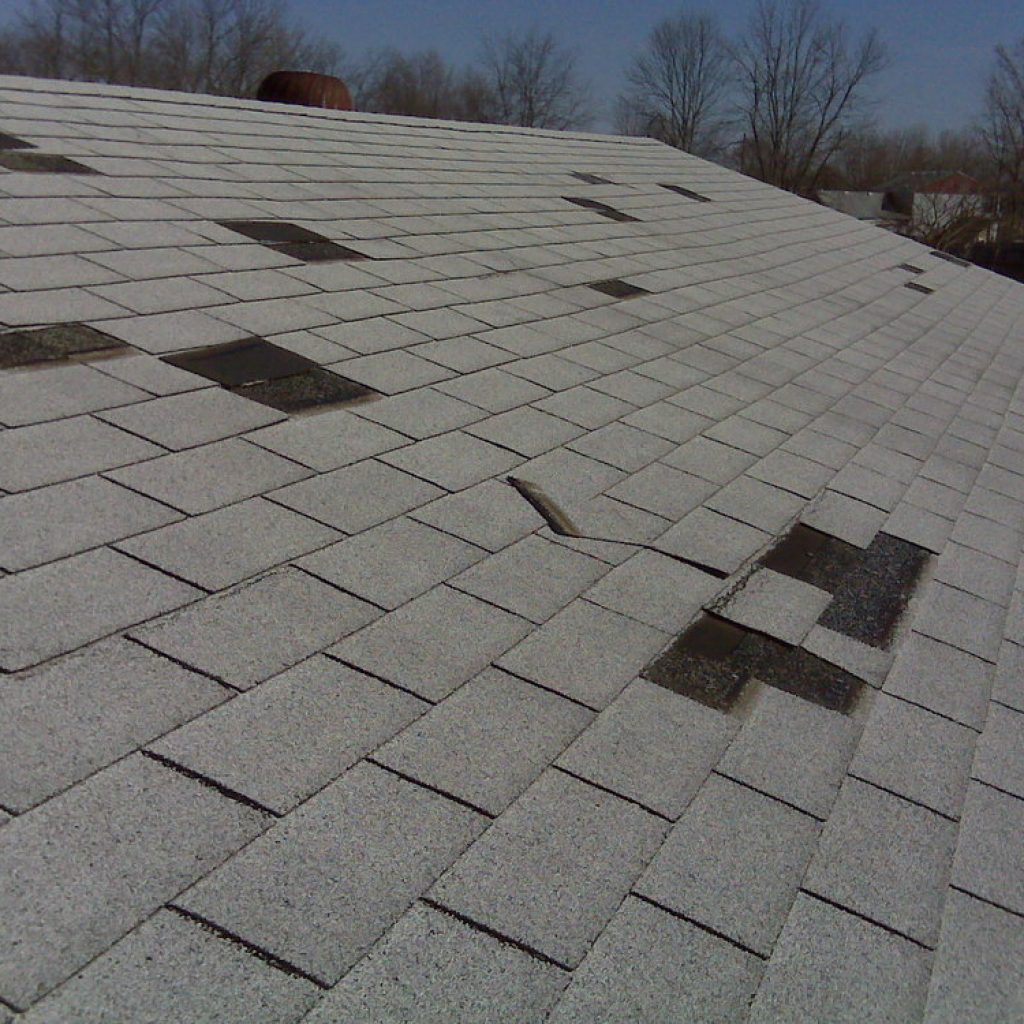
Introduction
At Exterior Alliance, we understand the importance of having a reliable and informative resource to guide you through the process of filing insurance claims for roof damage caused by wind and hail. In this comprehensive guide, we aim to provide you with a wealth of knowledge and insights that will empower you to navigate the complexities of insurance claims successfully. With our expertise and dedication to quality, we are confident that our guide will not only meet your expectations but also surpass them.
The Impact of Wind and Hail Damage on Roofs
Roof damage caused by wind and hail can have significant implications for the structural integrity and overall longevity of your property. High winds and hailstorms can result in a range of issues, including cracked or missing shingles, dents in metal roofs, and compromised flashing. It is crucial to address these damages promptly to prevent further deterioration and potential water leaks that can lead to extensive interior damage.
Identifying Roof Damage
When inspecting your roof for wind damage, keep an eye out for the following signs:
- Missing or Damaged Shingles: Look for shingles that are torn, cracked, or completely missing. These are clear indicators of wind damage.
- Lifted Shingles: Lifted shingles can create vulnerabilities that allow water to seep into the underlying layers, leading to leaks and potential water damage.
- Dents and Bruises: Examine metal roofs and flashing for dents or bruises caused by high-velocity wind-blown debris.
- Loose or Detached Flashing: Inspect the flashing around chimneys, vents, and other roof penetrations to ensure they are securely fastened.
Signs of Hail Damage
Hail damage can be equally destructive to your roof. Look for the following signs to determine if your roof has been impacted by hail:
- Dented Shingles or Tiles: Hailstones can cause visible dents or bruises on asphalt shingles, clay or concrete tiles, and other roofing materials.
- Granule Loss: Check for granule loss on asphalt shingles. Accumulated granules in gutters or downspouts are a clear indication of hail damage.
- Cracks: Inspect your roof for cracks in shingles or tiles. Hail impacts can weaken the integrity of these materials, leading to potential leaks.
Filing an Insurance Claim and Documenting the Damage
Before filing an insurance claim, it is crucial to document the roof damage thoroughly. Take the following steps to ensure an accurate record:
- Photographic Evidence: Use a high-quality camera or smartphone to capture detailed photographs of all visible damage. Focus on capturing close-ups of individual damaged areas.
- Written Description: Accompany the photographs with a written description of the damage, highlighting the extent and location of each issue.
Contacting Your Insurance Provider
Once you have documented the roof damage, it’s time to contact your insurance provider. Follow these steps to initiate the claims process:
- Policy Review: Familiarize yourself with the terms and coverage of your insurance policy to understand what types of damage are eligible for claims.
- Claim Notification: Contact your insurance provider promptly and provide them with all the necessary details regarding the roof damage. Be prepared to share the documented evidence and description of the damages.
- Claim Adjuster Visit: Your insurance company will assign a claim adjuster to assess the damage. Ensure you are present during their visit to point out all the visible issues and provide any additional information they may require.
Working with Contractors
In many cases, insurance companies may require you to work with approved contractors for repairs. Follow these steps when selecting a contractor:
- Research and Gather Quotes: Research local contractors with experience in roof repairs and replacements. Obtain multiple quotes to ensure you receive fair pricing.
- Verify Credentials: Check the contractor’s license, insurance, and certifications to ensure they are qualified for the job.
- Review Contracts: Carefully review the contract terms, including warranties, project timelines, and payment schedules, before signing any agreements.
Maximizing Your Insurance Claim
To maximize your insurance claim for roof damage caused by wind and hail, consider the following strategies:
Engage in Effective Communication
Maintaining clear and open lines of communication with your insurance provider and contractors is vital. Keep the following tips in mind:
- Prompt Responses: Respond to any requests for additional information or documentation from your insurance provider in a timely manner.
- Regular Updates: Stay in touch with your contractors to receive updates on the progress of repairs and address any concerns promptly.
- Record Keeping: Keep a detailed record of all communications, including dates, times, and individuals involved.
Documenting Repairs and Expenses
Proper documentation of all repairs and associated expenses is crucial when filing your insurance claim:
- Save Receipts: Keep copies of all invoices, receipts, and payment records related to the repairs. This includes materials, labor costs, and any temporary repairs made to prevent further damage.
- Photographic Evidence: Take photographs of the repaired roof to showcase the completed work.
Conclusion
In conclusion, understanding the ins and outs of insurance claims for roof damage caused by wind and hail is essential to protect your property and ensure a smooth claims process. By following the steps outlined in this comprehensive guide, you will be equipped with the knowledge and strategies needed to successfully navigate the insurance claims process and maximize your claim. At Exterior Alliance, we are dedicated to providing you with the resources and expertise required to outrank other websites and be the go-to source for comprehensive information on insurance claims for roof damage.

